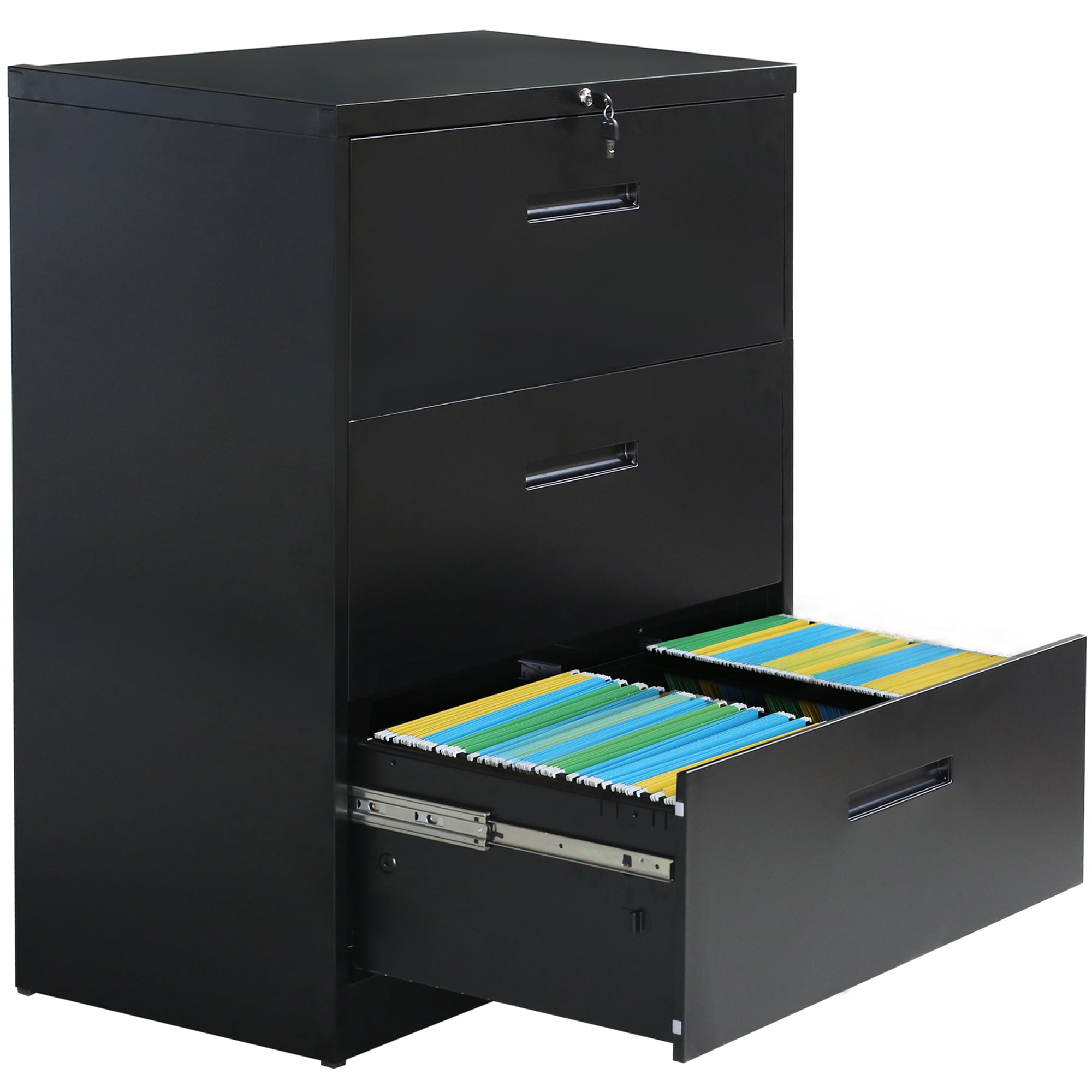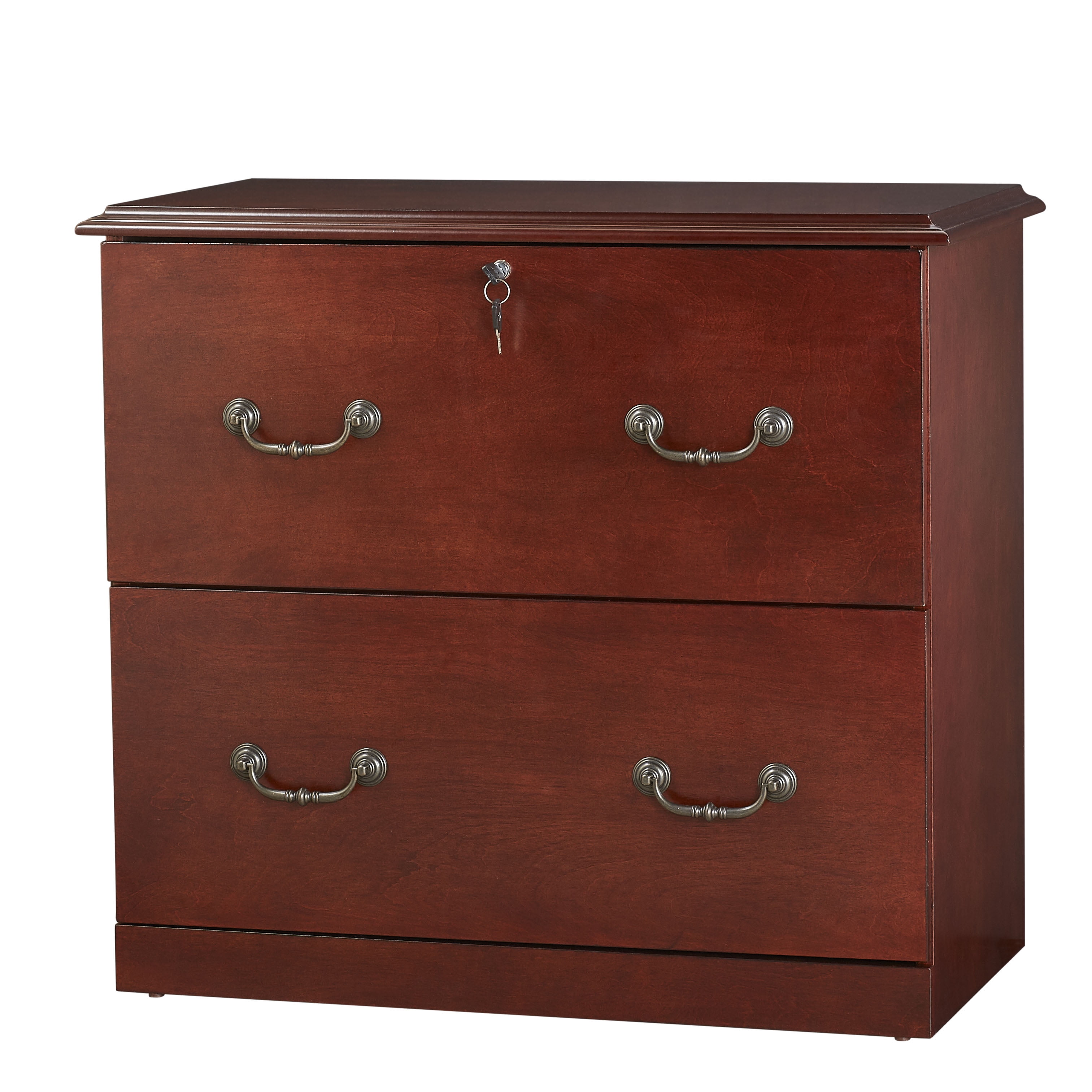Understanding Wood Lateral File Cabinets with Locks

Wood lateral file cabinets with locks are a popular choice for businesses and individuals alike, offering a combination of durability, security, and aesthetic appeal. These cabinets provide a safe and organized way to store important documents, files, and other valuables.
Durability and Security of Wood Lateral File Cabinets
Wood lateral file cabinets with locks are designed to withstand the rigors of everyday use and protect valuable contents. They are typically constructed from high-quality hardwoods like oak, maple, or cherry, which are known for their strength and durability. These woods are resistant to scratches, dents, and moisture, ensuring that the cabinets remain in good condition for many years.
The lock mechanisms used in these cabinets provide an additional layer of security. Common types of locks include key locks, combination locks, and electronic locks. Key locks are the most basic type, requiring a physical key to unlock the cabinet. Combination locks offer a greater level of security, as they require a specific combination of numbers to be entered to unlock the cabinet. Electronic locks, which are often found on higher-end models, provide the most secure option, using a digital code or fingerprint scanner to unlock the cabinet.
Wood Types Used in Lateral File Cabinets, Wood lateral file cabinet with lock
The type of wood used in a lateral file cabinet can significantly impact its quality, appearance, and price. Here are some of the most common woods used:
- Oak: A strong and durable hardwood that is resistant to scratches and dents. Oak cabinets have a classic look and are often finished in a rich, warm color.
- Maple: A hard and dense wood that is known for its smooth grain pattern. Maple cabinets have a light, natural color and can be finished in a variety of ways.
- Cherry: A beautiful wood with a reddish-brown hue that darkens with age. Cherry cabinets have a luxurious appearance and are often finished in a high-gloss finish.
- Walnut: A rich, dark wood with a distinctive grain pattern. Walnut cabinets have a sophisticated look and are often used in high-end offices.
Lock Mechanisms for Lateral File Cabinets
Lateral file cabinets with locks come with a variety of lock mechanisms, each offering a different level of security.
- Key Locks: The most basic type of lock, key locks require a physical key to unlock the cabinet. Key locks are generally inexpensive and easy to use, but they can be easily picked or broken.
- Combination Locks: Combination locks offer a greater level of security than key locks, as they require a specific combination of numbers to be entered to unlock the cabinet. Combination locks are more difficult to pick than key locks, but they can still be compromised by someone who knows the combination.
- Electronic Locks: Electronic locks are the most secure type of lock, using a digital code or fingerprint scanner to unlock the cabinet. Electronic locks are more expensive than key or combination locks, but they offer the highest level of security.
Sizes and Configurations of Wood Lateral File Cabinets
Wood lateral file cabinets with locks are available in a variety of sizes and configurations to suit different needs.
- Two-Drawer Cabinets: Ideal for small offices or home offices, these cabinets offer a compact storage solution.
- Three-Drawer Cabinets: A popular choice for medium-sized offices, these cabinets provide ample storage space for files, documents, and other materials.
- Four-Drawer Cabinets: Perfect for larger offices or departments, these cabinets offer the most storage capacity.
- Lateral File Cabinets with Drawers and Shelves: These cabinets offer a combination of drawer storage and shelf storage, providing a versatile solution for a variety of needs.
Maintaining and Using Your Wood Lateral File Cabinet: Wood Lateral File Cabinet With Lock

Keeping your wood lateral file cabinet in tip-top shape isn’t just about making it look good, it’s about ensuring it lasts and serves you well for years to come. You wouldn’t expect your trusty old banger to keep chugging along without a bit of TLC, would you? Same goes for your file cabinet. Let’s dive into the best ways to keep it in fighting form.
Proper Maintenance Procedures
Regular maintenance is key to keeping your wood lateral file cabinet in good nick. Think of it as giving your cabinet a little pampering to keep it looking and working its best. Here’s the lowdown on how to do it:
- Cleaning: Dusting your cabinet regularly with a soft cloth is a must. If you’ve got any spills or marks, use a mild cleaning solution and a damp cloth to wipe them down. Avoid harsh chemicals or abrasive cleaners, as these can damage the finish. Remember, a little bit of TLC goes a long way.
- Lubrication: The drawers and locks of your cabinet are like the joints of your car – they need a bit of oil to keep them moving smoothly. Use a light oil or lubricant on the drawer runners and lock mechanisms. This will help prevent sticking and ensure smooth operation.
- Addressing Potential Issues: If you notice any problems with your cabinet, such as sticking drawers or a faulty lock, don’t ignore them. Get them sorted out quickly before they become bigger problems. You can try fixing it yourself or call in a professional. Prevention is always better than cure, right?
Using Your Cabinet Safely and Responsibly
You wouldn’t pile your car up with bricks, would you? So, treat your file cabinet with the same respect. Here’s how to use it safely and responsibly:
- Proper Loading: Don’t overload your cabinet. It’s designed to hold a certain weight, so stick to that limit. Overloading can cause damage and even make the cabinet unstable. No one wants a collapsing file cabinet, right?
- Handling Techniques: When lifting heavy files or folders, use proper lifting techniques to avoid back strain or injury. Bend your knees, keep your back straight, and lift with your legs. Remember, safety first.
- Regular Inspections: Regularly check the cabinet for any signs of damage or wear and tear. This includes checking the drawers, the lock, and the frame. Early detection is key to preventing bigger problems down the line.
Organizing and Storing Files Efficiently
Keeping your files organised is the key to finding what you need quickly. Here are some tips for efficient file storage:
- File System: Use a logical file system that makes sense to you. This could be by date, client, project, or any other relevant criteria. It’s all about finding a system that works for you.
- File Folders: Use file folders to keep your documents organised within each drawer. Label them clearly and consistently so you can easily find what you’re looking for.
- Hanging Files: Consider using hanging files for even more organisation. These files hang from the drawer rails, allowing you to easily access and manage your documents. It’s like having a mini filing system within each drawer.
Maximizing the Lifespan of Your Cabinet
Want your file cabinet to be your trusty companion for years to come? Here are some tips to make that happen:
- Regular Maintenance: As we’ve already discussed, regular maintenance is crucial. Cleaning, lubricating, and addressing potential issues will keep your cabinet in good shape for years to come.
- Responsible Use: Use your cabinet responsibly by following the proper loading and handling techniques. This will prevent damage and ensure its longevity.
- Storage Environment: Store your cabinet in a dry and well-ventilated area. Avoid storing it in direct sunlight or in areas with extreme temperatures, as this can damage the wood. Think of it as giving your cabinet a comfortable home.
